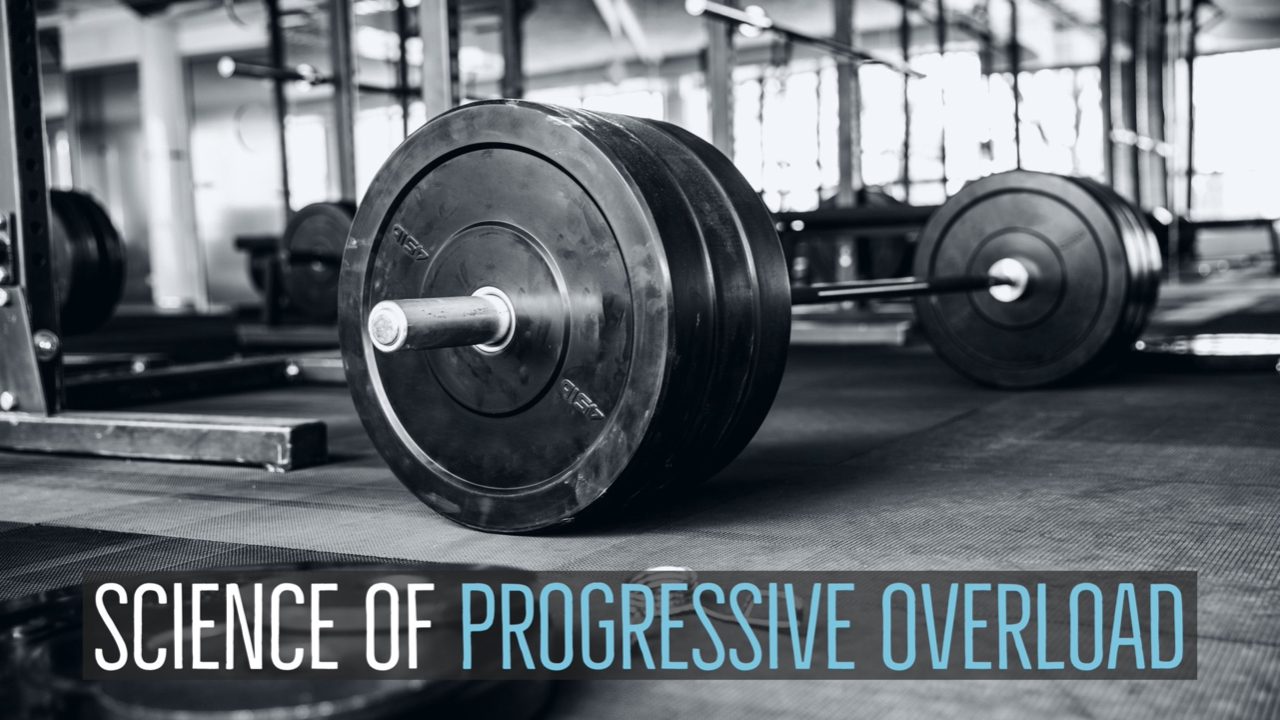
The Science Behind Progressive Overload: How to Use It for Better Results in the Gym
Progressive overload is a fundamental principle in strength training that involves gradually increasing the stress placed on the muscles and nervous system over time to stimulate growth and adaptation. By doing so, athletes can achieve significant gains in their athletic performance and prevent plateaus. In this article, we'll dive deeper into the science behind progressive overload, how to apply it in the gym, and its benefits.
What is Progressive Overload?
Progressive overload is the gradual increase of stress placed on the muscles and nervous system during exercise. This can be achieved in various ways, such as increasing the weight lifted, the number of reps or sets, or decreasing the rest time between sets. The key is to challenge the body in a progressive and systematic manner to ensure continuous improvement.
The Science Behind Progressive Overload
The principle of progressive overload is based on the concept of the General Adaptation Syndrome (GAS) proposed by Hans Selye. GAS refers to the body's response to stress, which involves three stages: alarm, resistance, and exhaustion. When a stressor is introduced, such as lifting weights, the body responds by activating the alarm stage, which triggers a series of physiological responses to adapt and cope with the stressor. If the stressor is repeated, the body enters the resistance stage, where it adapts and becomes stronger. Finally, if the stressor is too intense or prolonged, the body enters the exhaustion stage, which can lead to injury or burnout.
To avoid exhaustion and achieve the best results, it's important to apply progressive overload gradually and systematically, allowing the body to adapt and recover between workouts.
How to Apply Progressive Overload in the Gym
To apply progressive overload in the gym, athletes can use various methods, such as:
-
Increasing weight: Athletes can gradually increase the weight lifted by a small percentage, usually 2-5%, every week or every other week, depending on their training level and goals.
-
Increasing reps: Athletes can aim to increase the number of reps with a given weight until they reach the upper end of their rep range, and then increase the weight and start again.
-
Increasing sets: Athletes can gradually increase the number of sets for a given exercise, usually by one set every week or two.
-
Decreasing rest time: Athletes can gradually decrease the rest time between sets, usually by 10-20 seconds every week or two, to increase the metabolic stress on the muscles.
It's important to note that progressive overload should be applied gradually and safely to minimize the risk of injury and ensure consistent progress. Athletes should also vary their training routine periodically to avoid plateaus and keep the body challenged in new ways.
The Benefits of Progressive Overload
By applying progressive overload consistently and intelligently, athletes can achieve significant gains in their athletic performance, such as increased strength, power, hypertrophy, and endurance. Progressive overload has also been shown to improve bone density, reduce the risk of injury, and enhance overall health and well-being.
Progressive overload is a fundamental principle in strength training that involves gradually increasing the stress placed on the muscles and nervous system over time to stimulate growth and adaptation. By applying this principle consistently and intelligently, athletes can achieve significant gains in their athletic performance and improve overall health and well-being. However, it's important to apply progressive overload gradually and safely to avoid injury and achieve consistent progress.
How have you applied the principle of progressive overload in your training routine, and what benefits have you experienced?




